History is having a moment in Jasper.
Students and teachers of history understand that what gets remembered—the moments that society marks—are frequently rare, collectively experienced, and often, traumatic events.
July 24, 2024 was this. That day will be a “moment” in Jasper history that will be marked for decades, lifetimes, and likely centuries to come. To help find the good from this painful moment in Jasper’s history, The Jasper Local, in collaboration with the Jasper Yellowhead Historical Society, is launching a series of reflections on our past.
We want to explore moments, commemorate anniversaries, and tell the stories that punctuate a legacy which we all share—whether we know it or not.
And our team agreed, there is no better place and time to start than Cabin Creek West, 1980.
The 1980s. Disco was giving way to New Wave; mortgage rates were racing towards 20 percent; Justin’s dad, Pierre, was the Trudeau leading the country; and in Jasper, the arcade at Scoops ‘n Loops was the town’s busiest after-school hangout.
While local teenagers were playing Asteroids, some of their parents were blasting away at the problem of how to house a burgeoning population. As has been the case since the town was established, housing was tight. Eventually, the Parks Canada horse ranch lands west of Cabin Creek, seemed like a potentially good development option.
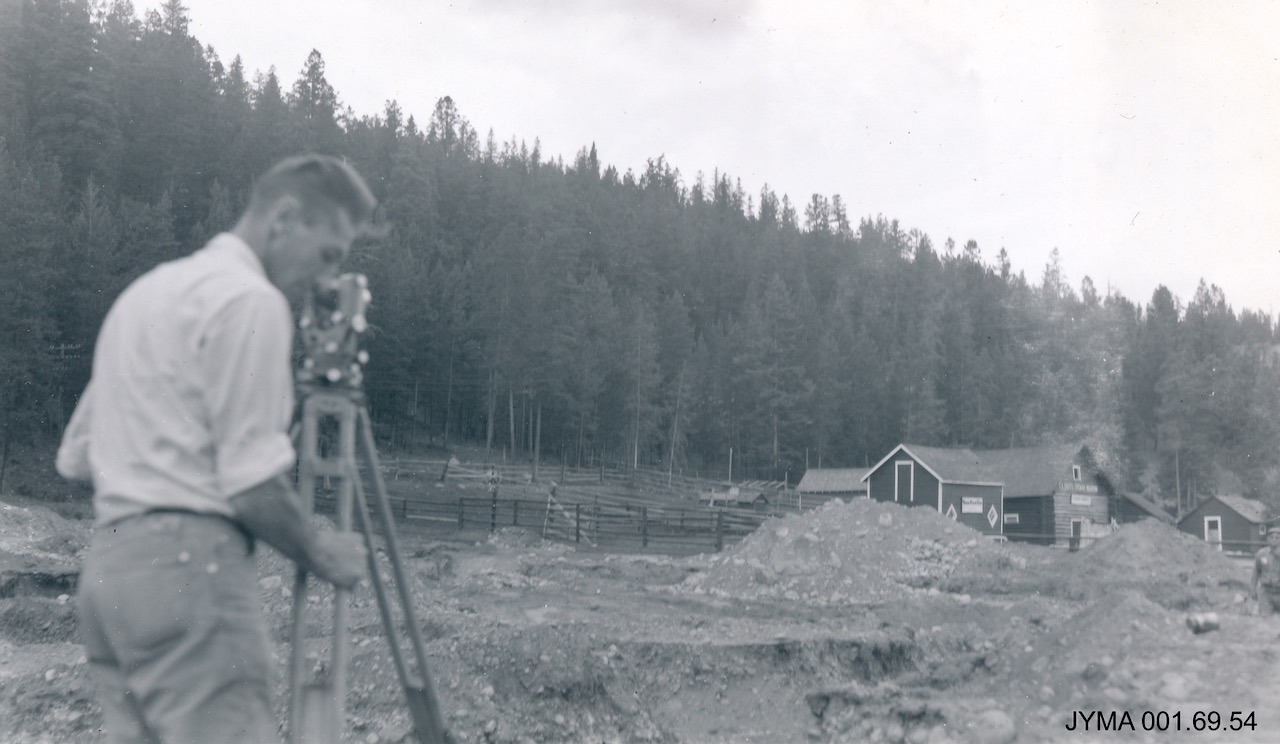
During the 1970s, unofficial hallway conversations led to public meetings and official correspondence to get the federal government to release more land for a new subdivision. Parks administration was willing to release this parcel, dubbed Cabin Creek West, but required a community group to take on the financial risk in planning what would be more than 200 new homes in town.
The problem was that the Municipality of Jasper was 20 years away from formal establishment. Who would, or could, be that responsible group?
In 1980, there was only one non-federal organization in Jasper with both civic responsibilities and the ability to tax residents: the Jasper School Board. Under the chairmanship and vision of the late Harry Home, the school board answered the bell by founding the Jasper Housing Development Committee (having since evolved into the Jasper Municipal Housing Corporation).
With that bold and surprising move, Mr. Home and the board of the Jasper School District #3063 reshaped Jasper’s history.
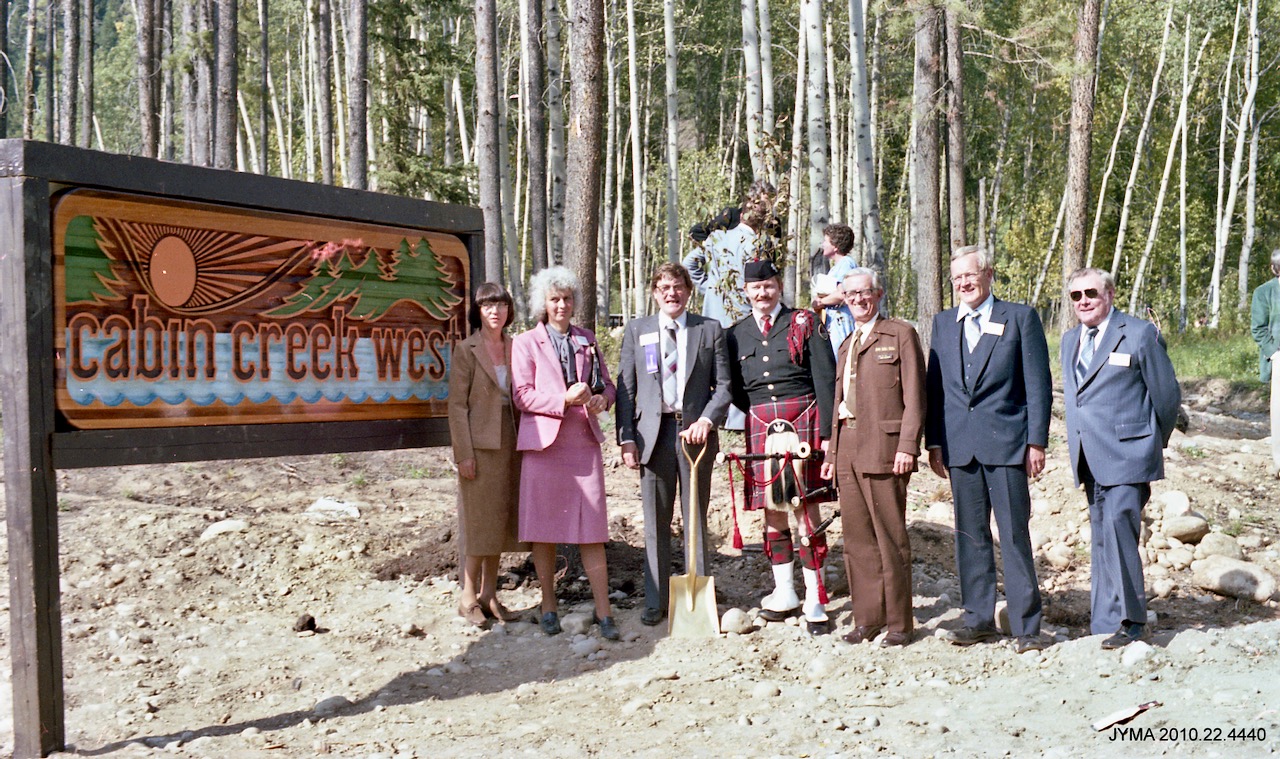
Gloria Kongsrud, Milt McRae, Rory Flanagan & Harry Home. // JYMA
How that act would quickly play out in the coming years—from consultation to plans to construction—is an inspiring lesson for us today.
Historians love recounting timelines, but what happened after those first meetings is a far richer story than a ticking clock can recount. Cigars were smoked, governments were lobbied, funding programs hatched, shovels gilded, and human values were tested as Mr. Home and his allies (Gloria Kongsrud and Lloyd Bossert prominent among them) established the principles upon which lots would be surveyed and allocated to Jasper residents in need of housing.
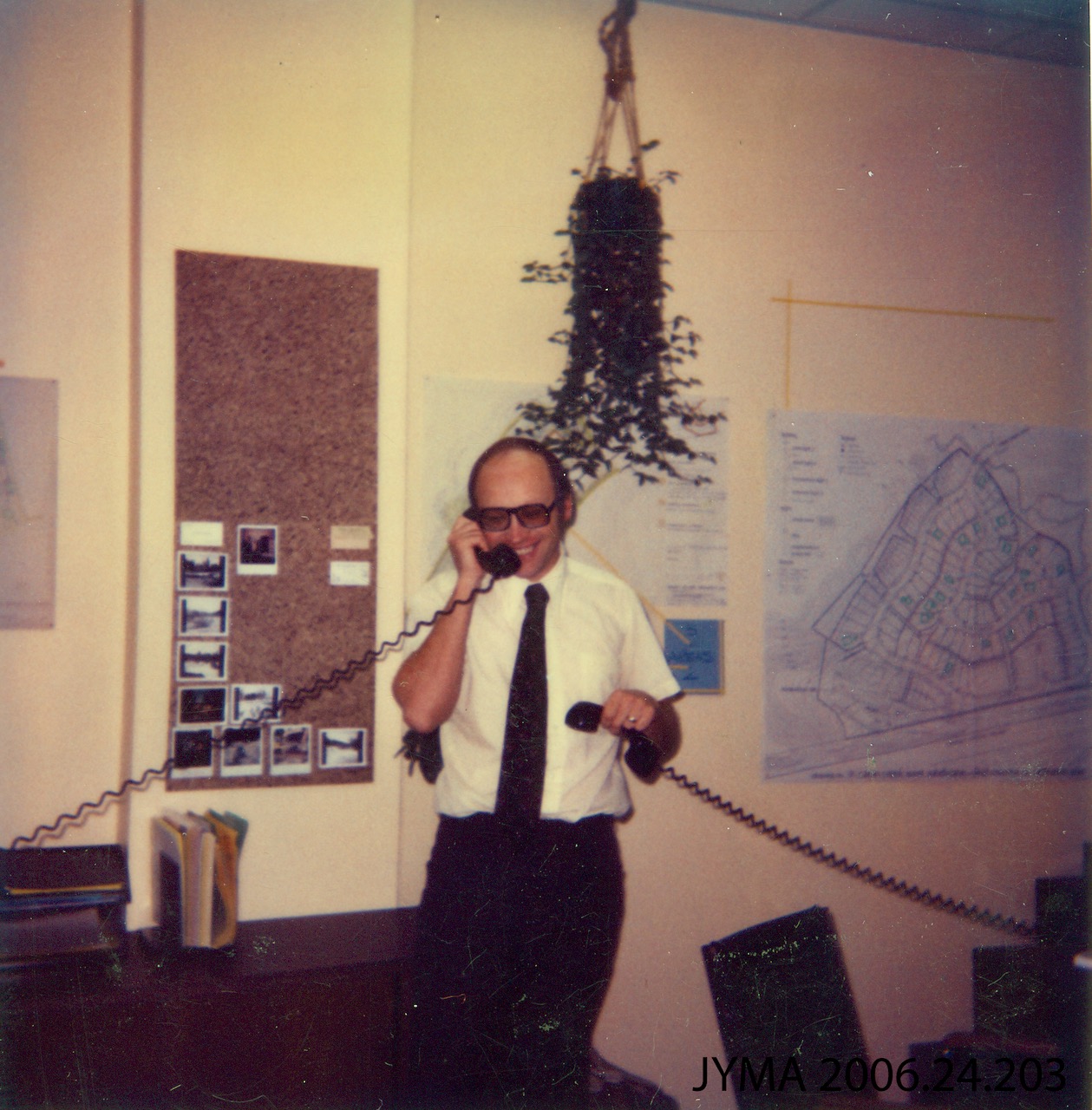
Prominent among the principles to be followed was accessibility. Yes, one had to meet Parks’ eligible residency provisions, just as today. But on top of that, a process was created to ensure that it was need, and not greed (a word that appears frequently in correspondence) which determined who was allowed to build a house on the newly minted Cabin Creek West subdivision.
The School Board made it repeatedly clear that they were not going to front $1.17 million dollars (about $4 million CAD in today’s dollars) just to allow speculators to profit from Jasper’s housing shortage.

The process was elegant and fair. An architect drafted 183 “units”—a mix of single-family and high-density homes. Anyone who fulfilled Jasper’s need to reside, and did not hold a property lease elsewhere in Jasper, could get their name on the “lot list.” More than 250 individuals and families made that list—many who are still in town, with names you would recognize today. That list was ordered by random draw and on June 18, 1980, those selected were invited to indicate which lot they wanted from the diminishing inventory, as the Committee worked down the list.
Prior to drawing date, the list itself, lot locations, and lease cost for each parcel was made public, helping people make their decision as to where they could, and would, build their future.

Integral to the whole scheme was what the Board called “Deterrent to Speculation.” Even with the randomized list, the Board was concerned that people could quickly flip their new homes to ineligible buyers, pocket the profit from rising home value, and leave town. To discourage this, they established an unpaid vendor’s lien on each property equal to 44 percent of the value of the lease that would have to be paid back to the Board if houses were sold within seven years of completion. This would effectively transfer any profit from the leaseholder back to the board during that seven year period. This encouraged a lasting commitment; another elegant and simple solution to ensure a thriving community.
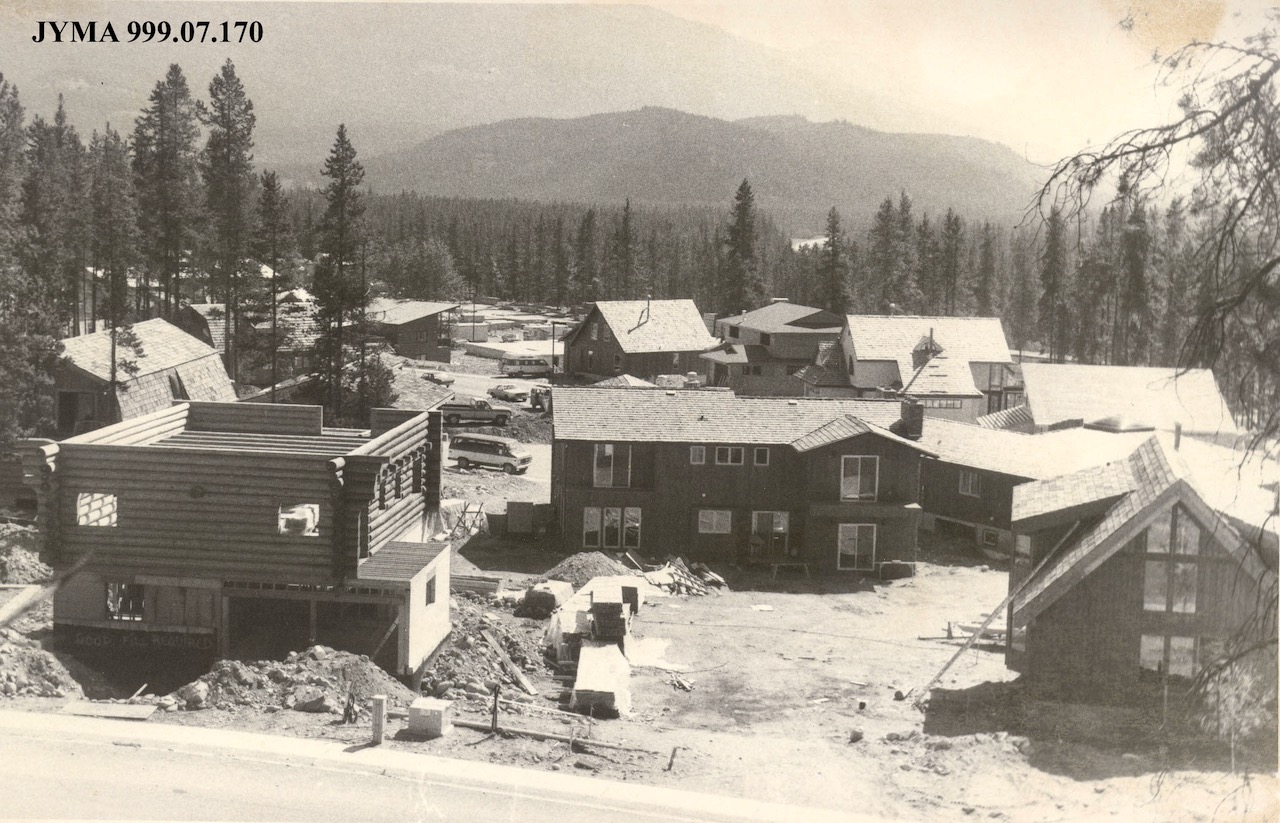
Longtime Jasperite Mike Wasuita was No. 182 on that list but was selected 140th as people ahead of him dropped out. Wasuita’s choice was simple: take it or leave it as lot 140 was the last single-family option. As a footloose 23-year-old, perhaps the youngest person on the list, this was a tough call. But he went for it, taking a couple of years to build the house that would become his home for 40 years.
For Mike, managing his mortgage was tough with interest rates climbing north of 15 percent, but he managed, where many of his neighbours could not. Some of the original builders were unable to afford finishing details, like doors, and a few lost their homes to the bank, unable to bear the increasing cost.
Mike lost his beloved home too, 40 years after it was built, when it succumbed to the Jasper Wildfire Complex, leaving him bereft of memorabilia but full of memories.
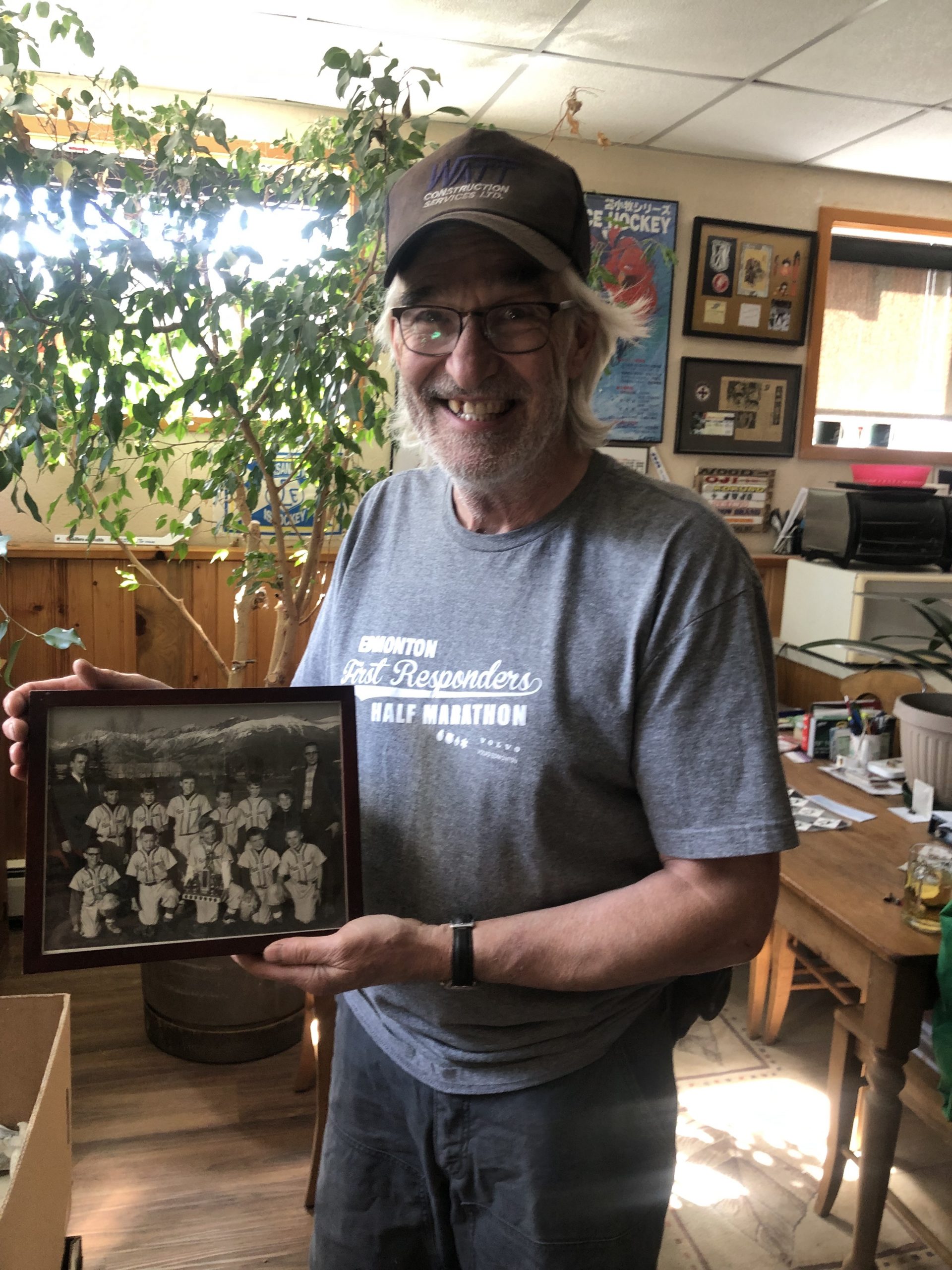
In the end, 225 new homes were built, increasing Jasper’s housing stock by 31 percent and creating 40 years of memories for those families who’ve lived in Cabin Creek West ever since.
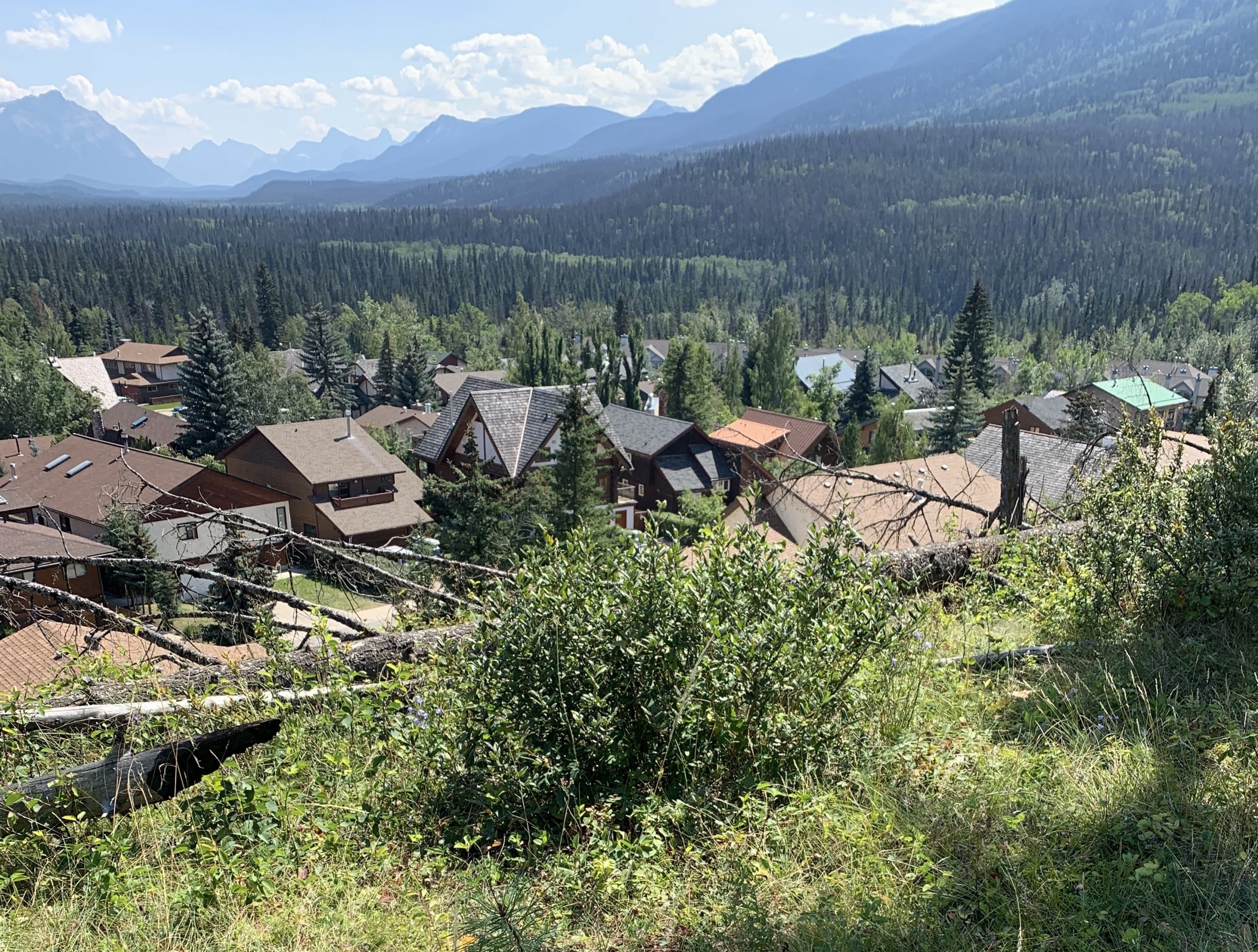
That all changed on July 24, 2024. The wildfire which rained embers on Jasper could not have been imagined by those lucky residents in their brand new homes in 1982.
But all that is imagined might not come true, just as what is unimaginable can invade reality.
In a few hours last summer, both truths collided as the dream homes of most Cabin Creek West “lot listers” were destroyed in a fire that we are still grappling to comprehend.

We are watching now as Cabin Creek West, Jasper’s first development “…for the community, by the community…” reemerges as a modern expression of a new, bold vision.
John Wilmshurst // info@thejasperlocal.com


